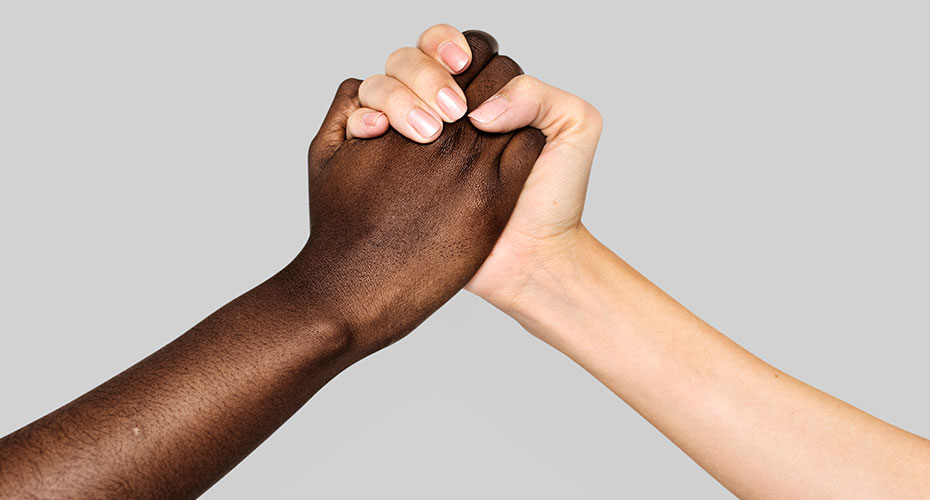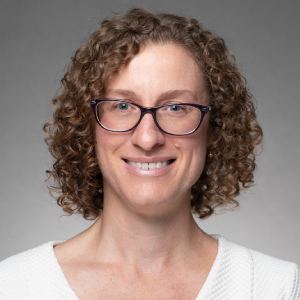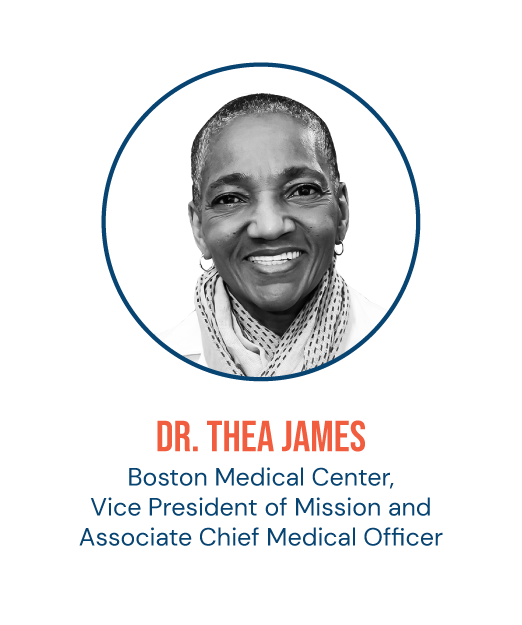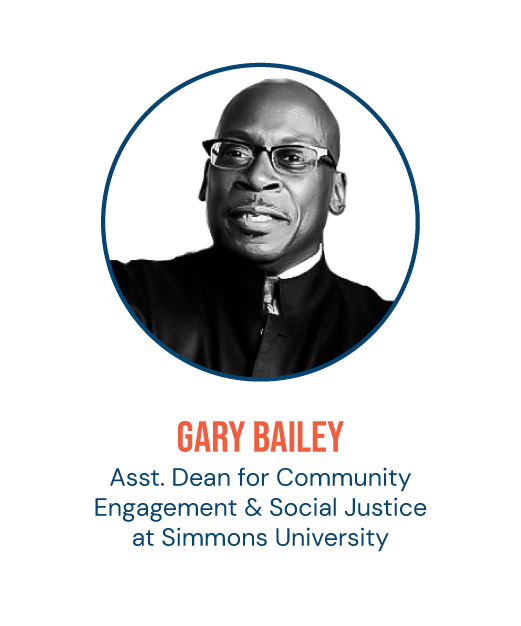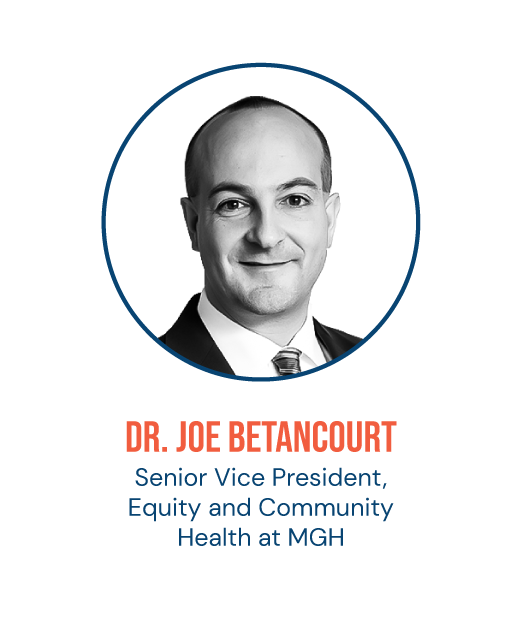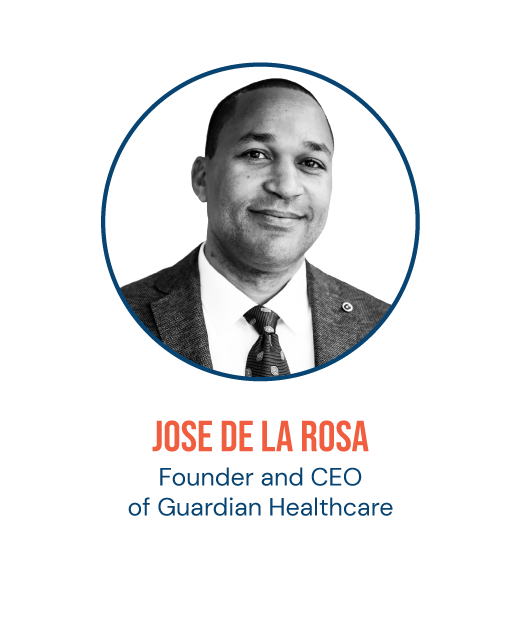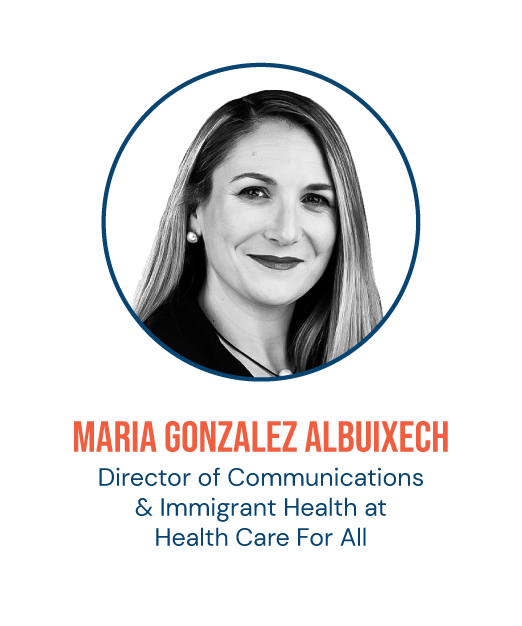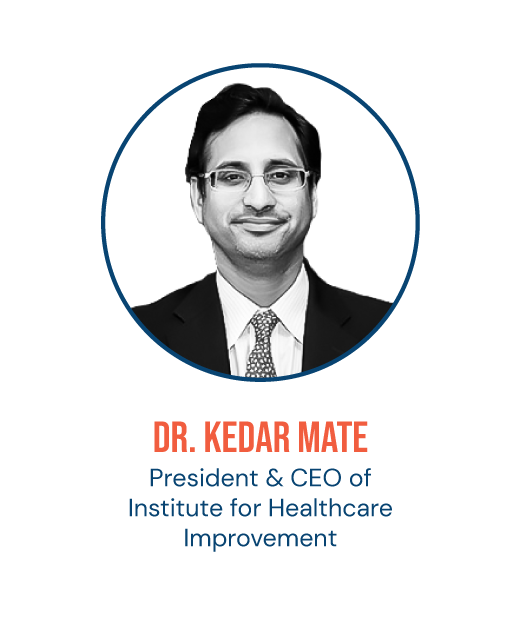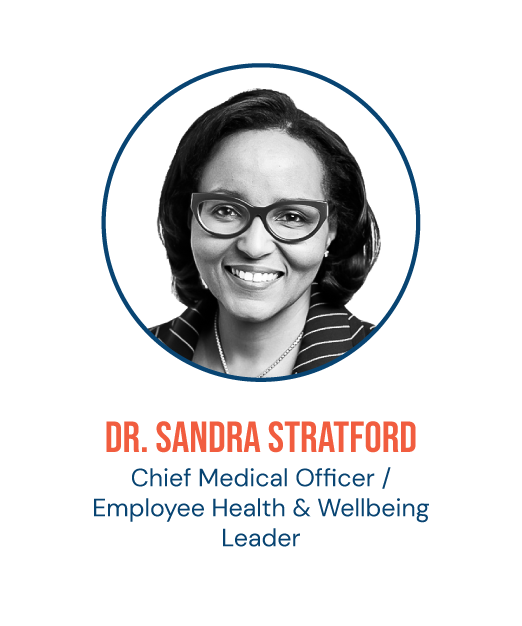Sep 22, 2021
How Blue Cross members can pitch in to help create a better system
As part of an ambitious initiative aimed at improving health care value, quality and equity, Blue Cross Blue Shield of Massachusetts is inviting all members to share information about their race, ethnicity, and preferred language when they log into the Blue Cross member portal, MyBlue.
Knowing more about its 2.8 million members will help the not-for-profit health plan create a better, more equitable health system for all, said Dr. Mark Friedberg, an internist and Blue Cross' senior vice president of performance measurement and improvement.
Blue Cross will use the information to improve the health plan’s programs and services, including the quality of care members receive, the experiences they have as patients, and their direct experiences with the insurer.
“We need to better understand the racial and ethnic makeup of our membership so we can measure inequities, identify their causes and design effective solutions," Friedberg said. "There’s no substitute for self-reported data, so we are looking to our members to help us now and guide us for years to come.”
Friedberg added that the information members share with the plan will in no way affect the coverage they receive from Blue Cross.
“Most importantly,” Friedberg says, “we plan to be transparent. We will keep the larger community apprised of what we learn and how we plan to address the issues we uncover.”
That transparency begins today, as the health plan announces plans to incorporate equity measures in its payment contracts with physicians and hospitals, and reports the results of the state’s first review of racial inequities in health plan claims for 1.3 million Massachusetts members. The findings are available in a publicly accessible database.
That approach is vital to creating an equitable system, health policy experts recently wrote in Health Affairs.
"A commitment to racial equity and social justice includes transparently collecting and reporting demographic data, identifying disparities, understanding population needs, and tailoring interventions to close gaps in care," wrote Bruce W. Sherman, Irene Dankwa-Mullan, Hema Karunakaram, Leah Kamin, Tiffani J. Bright and Kyu Rhee. "Ultimately, for organizations to identify and eliminate gaps in their programs, ensure equitable quality care, and address health disparities, the collection of employee health data by race and ethnicity must be improved."
Why it matters
“We believe racism is a public health emergency, and racial inequity in health care is a social justice issue,” said Blue Cross President and CEO Andrew Dreyfus.
This year’s COVID-19 pandemic has only highlighted the stark differences, with Black, Indigenous and Latinx people at a greater risk of infection, hospitalization and death from coronavirus.
Clinicians see the toll up close, every day.
Years as an emergency medicine physician at Boston Medical Center have given Dr. Thea James invaluable insight into the human condition: “All of life is right there in front of you,” she says.

And her work serving vulnerable populations at Boston’s only safety-net hospital, a place whose motto is “exceptional care without exception,” has given her something else as well: a front-row seat to view the differences that exist in health care between people of color and their white neighbors.
“When you work in emergency medicine, you see the same things over and over again,” said James, who also is BMC’s vice president of mission, associate chief medical officer. “At a very early point, I started asking my patients a simple question: ‘What would it take for this health care crisis to never happen again?’ and I learned that many of my patients could not prioritize health because they were forced to decide between health care copays and prescriptions versus paying rent and feeding their family—a choice that is the product of deeply embedded structural racism that has created two different socioeconomic statuses in this country. Meanwhile, the cycle continues. I realized we needed a paradigm shift in health care to get at the root cause of these inequities to really see change.”
The pattern James sees every day has been well documented: By a wide margin, people of color receive less necessary care — and in many cases experience poorer health outcomes — than their white peers.
It is not a coincidence, James says, that “Those places behind the red lines that were established in the 1930s are the same places that have the highest rates and deaths from COVID-19. The seeds of inequity that were planted then have led to what we see today.”
The grim national trends come amid renewed focus on systemic racism in many of our country’s institutions.
“The health inequities we see today didn’t happen overnight,” adds Blue Cross Chief Diversity Officer Stephanie Browne. “They are the product of centuries of structural racism in this country that persists to this day and has shaped everything from the segregation of housing to the segregation of the health care system. We must recognize this first before we take the important step toward making change.”
As part of its effort to make sustainable change, Blue Cross has assembled an advisory council of external experts, including James, who bring deep and diverse perspectives to the issue of health inequities.
2020 Health Equity Council
An intentional approach
The health plan’s effort can help unearth and address some of the root causes of health inequities, James says, and she encourages the community to take part.
Untangling and fixing racial and ethnic inequities in health care is a big undertaking, she acknowledges, but it can—and must—be done.
“I don’t think it’s as massive of a lift as most people think it is, but No. 1, it requires intentionality, it requires people to listen and not make assumptions,” she said. And, addressing injustice means recognizing it: “It requires people to understand the history of how these inequities were created in the first place so we don’t wind up re-creating the same structural barriers and limitations we’re trying to eliminate.”
Did you find this article informative?
All Coverage content can be reprinted for free.
Read more here.
